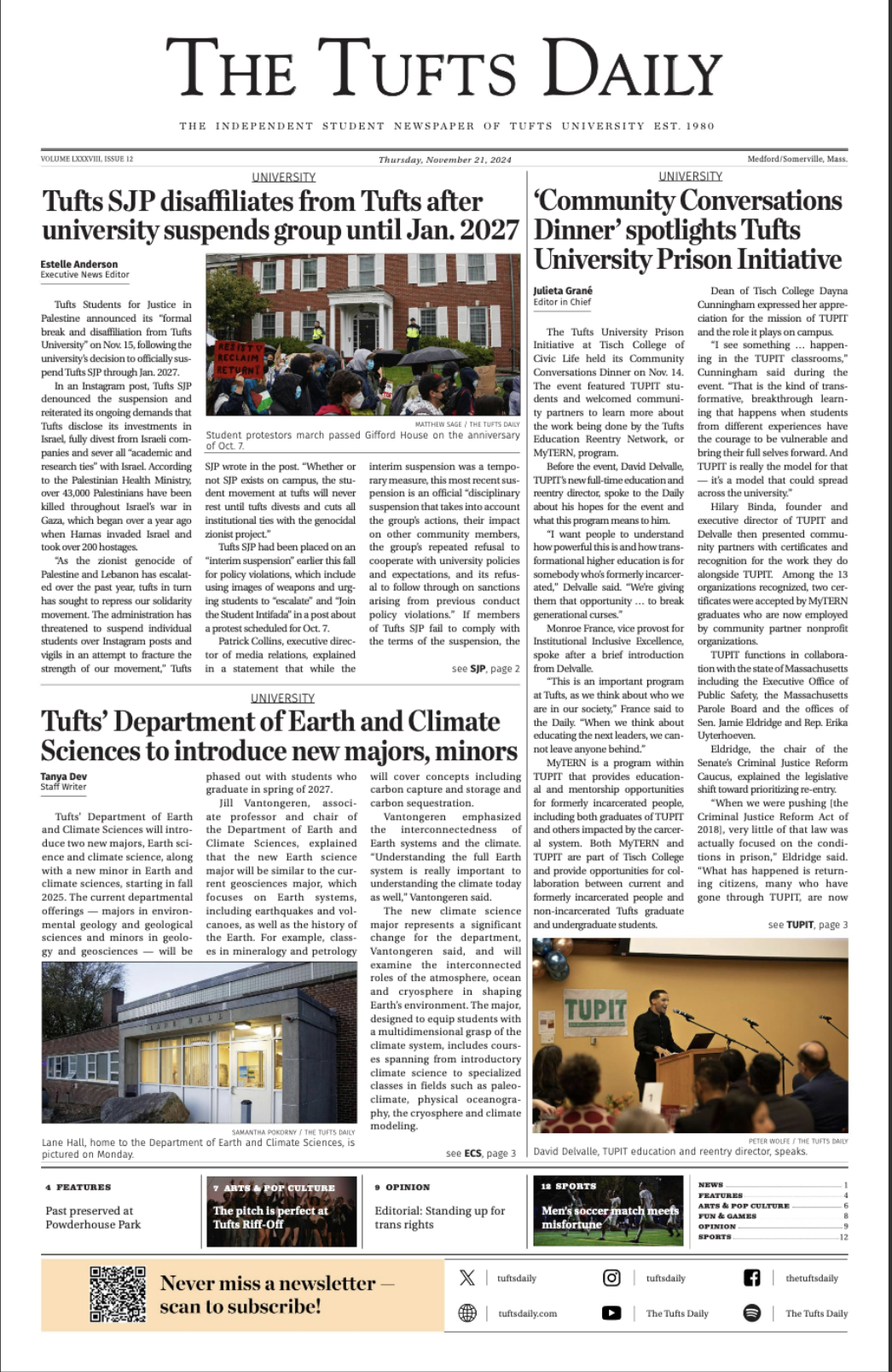Many of us would say that nothing necessarily good came out of the ‘70s. Yet it was the peak of the gay liberation movement and the cultural changes that took place following the 1969 Stonewall Riots prevailed nationwide. This period — though dominated by homophobia, violence and death — was the conception of queer pop culture. Although transformative, the new cultural emergence during this decade remained primarily underground. It remained frowned upon to embrace queerness and queer expression, so how did “The Rocky Horror Picture Show” (1975) teach entire generations to celebrate queer culture and drag history?
“The Rocky Horror Picture Show” is a staple in October. People attend shows in costumes from characters of the film and watch these groups act out and perform the entire film in front of the screen. Members of the LGBTQ community comprise a large part of the “Rocky Horror” cult following because of how the show embraces sexual liberation and androgyny. Fans often show up in fishnets and makeup, increasing the sphere of possibility for gender expression during this time in history, promotingvisibility for the LGBTQ community. The revved-up audience is allowed to exude and rejoice in their sexuality while experiencing a range of emotions that the movie itself evokes. These feelings fluctuate from fear to excitement, from excitement to lust and sexual fulfillment, and from lust to tragedy all within an hour and a half. How was a film so sexually liberating allowed during an aforementioned conservative era? Spoiler: There is minimal nudity and no actual sex in the entire movie. When compared to its counterparts, “Rocky Horror” is somewhat innocent but that is the appeal of the show. It is a Halloween movie without being a slasher/gore fest, and the quaintness of it is the true nature of gay sensuality. It screams "queer" without ever saying it.
“The Rocky Horror Picture Show”should be considered one of the greatest Halloween films of all time. How many films can draw a crowd of weekly regulars every Halloween season? How many can create a sense of community for people who, more than likely, felt as if they were not welcome into one? The impact of the show post-Stonewall trained an entire generation to seek safe spaces for themselves to express and celebrate their queerness and gender expression regardless of how it deviated from traditional society. The conclusive message behind “The Rocky Horror Picture Show” is “Don’t Dream It, Be It” (1973) — which is one of the fan-favorite songs from the theatrical production of The Rocky Horror Picture Show. This theme extends beyond implications of uniqueness for the queer community to apply to the idea of freedom, community and self-expression.






